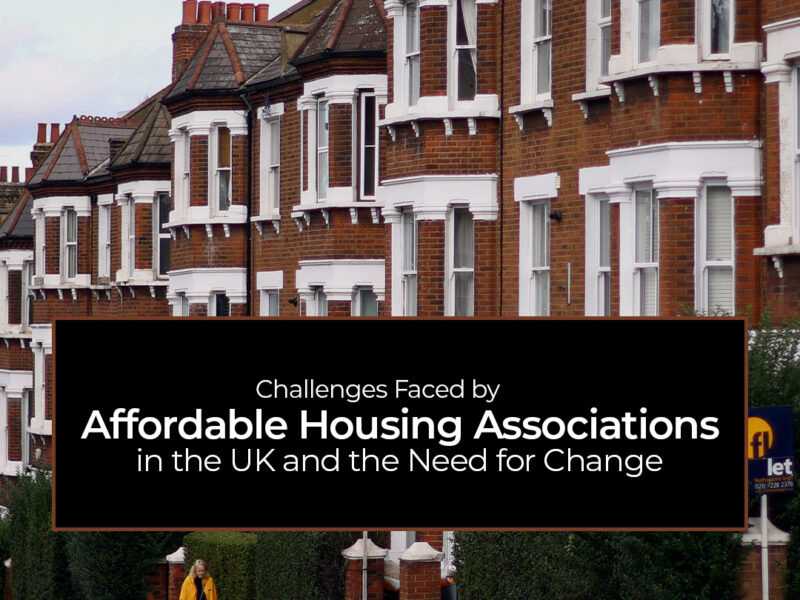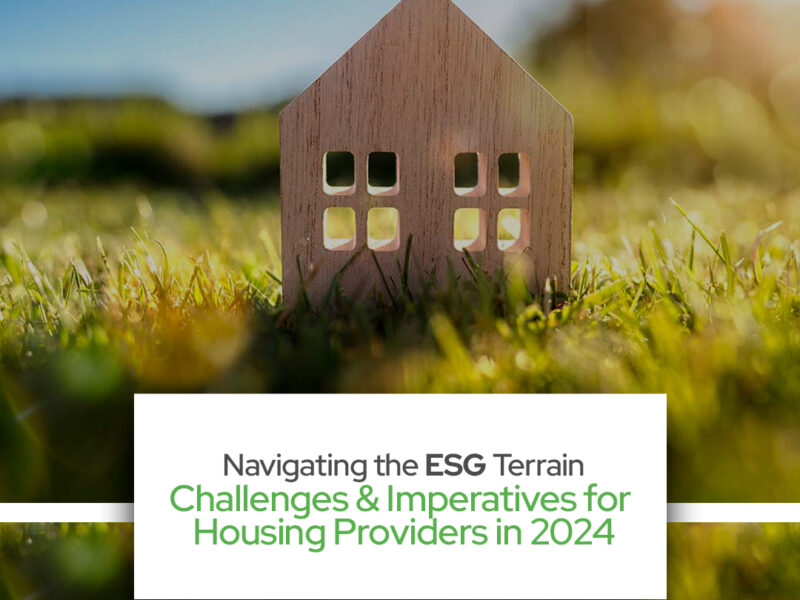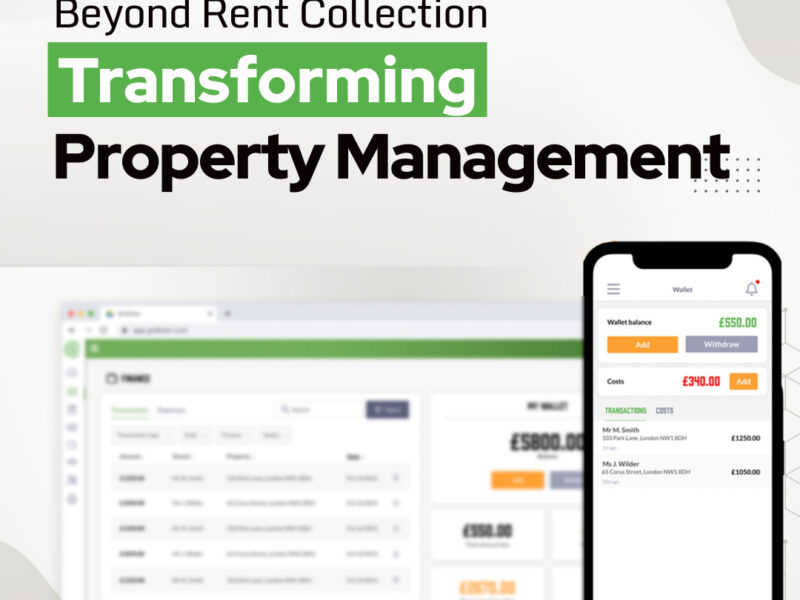Sustainability Reporting Standards
Many sustainability reporting standards exist today to give guidance on what to report and how. This article explores different reporting standards and frameworks as well as factors to consider when choosing one to work with.
What are reporting standards?
Sustainability reporting standards or reporting frameworks are guidelines to report ESG impact on an organisational level. Standards are created by experts in various topics and industries. They provide orientation on preparing or filing disclosures in a systematic and relevant manner applicable to a wide range of industries, organisational size and scale, and reporting objectives.
Why reporting standards?
Any company embarking on sustainability reporting faces the same question at some point: what to report, and how? Thankfully, reporting standards and frameworks exist to make the attempt a whole lot more manageable. They simplify the process by outlining best practices for reporting sustainability impacts, including on a granular level the metrics and indicators that best define impact.
Overview of the most important sustainability reporting standards
Here is an overview of the most important ESG reporting standards that exist in the reporting space today:
ESRS
The EU Sustainability Reporting Standards (ESRS) is being developed to support the Corporate Sustainability Reporting Directive (CSRD), which would make ESRS-aligned reporting mandatory for companies.
EU Taxonomy
The EU taxonomy is a classification system, establishing a list of environmentally sustainable economic activities. The goal is to create more transparency around the sustainability of companies’ business activities.
GRI Standards
Global Reporting Initiative (GRI) Standards is a modular set of universal, sectoral, and topical standards. GRI Standards guide the disclosure of an organization’s economic, environmental, and social impacts and the management of those impacts.
SASB Standards
Comprised of 77 industry-specific reporting guidelines, the SASB Standards guides organizations to report on the risks and opportunities surrounding the most financially material ESG topics of their industry.
TCFD
The Task Force on Climate-related Financial Disclosures (TCFD) recommendations is a framework to report on climate-related menace and chance faced by a business.
CDP
The Carbon Disclosure Project (CDP) is a disclosure system focused on environmental impacts, specifically water-, climate-, and forest-related topics.
ISSB Standards
The IFRS Foundation is developing a global baseline for sustainability reporting for the capital markets, with a focus on the impact of sustainability on enterprise value.
GHG Protocol
The GHG Protocol is an accounting standard to measure and report greenhouse gas emissions and is the basis for Scope 1, 2, and 3 classification.
Which sustainability reporting standard to choose?
Several factors influence the decision to use certain reporting standards over others. These factors determine which framework you should choose:
- Regulatory requirements – Different countries and regions of the world have their own reporting requirements and frameworks. For compliance purposes it may be necessary to use the dictated standard, although this does not preclude the use of other standards to support or complement the entire reporting approach.
- Investor interests – Investors often have their own considerations when it comes to assessing a company’s ESG performance. Depending on their focus and investing orientation, investors require sustainability information specific to their investment angle. Many reporting frameworks are investor-led or targeted with an emphasis on connecting sustainability with financial performance, such as the TCFD and CDP. If a company is investor-dependent, using a framework designed for the capital markets would be an advantage.
- Industry best practices – Every industry faces its own unique risks and opportunities that may not be covered in universal frameworks. For those wishing to add more depth to their reporting, it makes sense to use a reporting framework that dives into the key ESG issues in an industry, such as one of the SASB Standards.
Standards for climate risk and emissions reporting
Growing concerns about climate accountability and the role of business in national low-carbon blueprints are prompting new legislation on climate disclosures, and with it, the development of climate reporting standards. Climate reporting is a new tool to assess and disclose climate-related risks and opportunities.
All general reporting standards include guidance on climate or emissions reporting, the major difference being the degree and depth of reporting.
At present, the most recognised climate reporting framework is the TCFD, which has been adopted by several OECD countries in rapid succession.
The GHG Protocol forms the foundational basis for most emissions reporting, even if not explicitly stated. Most companies use its carbon accounting principles to measure their carbon footprint. Even frameworks including the GRI Standards and TCFD build on Protocol concepts, forming a common and consistent language for emissions tracking.




